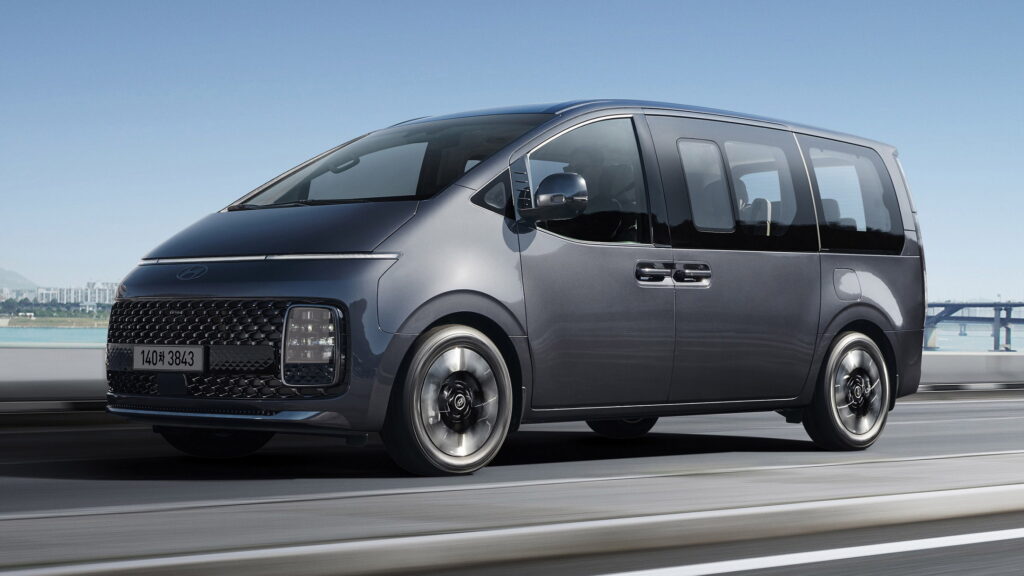- Authorities in Korea are investigating the deaths of three Hyundai workers in the automaker’s home nation.
- The engineers were working on a static car inside an environmental testing chamber at the automaker’s Ulsan plant.
- Local news reports say the men suffocated though police have yet to officially confirm a cause of death.
Developing new cars can be a dangerous business. You only have to watch in-car footage of any sub-7-minute Nurburgring lap to know that. But now police are investigating Hyundai after several engineers died while their development car wasn’t even moving.
Reports from Korea say the three men were engaged in a complex environmental chamber test, a program designed to see how a prototype car responds to simulated climatic conditions. Automakers use the chambers to subject a vehicle to extreme heat and cold, as well as to other environmental factors like humidity.
Related: Hyundai Starts Building EV Factory In Korea, Production To Begin In 2026
Though police are still probing the accident at the Electrification Quality Division of Hyundai’s Ulsan plant, Korean media says the men suffocated, probably due to an accumulation of exhaust gases inside the chamber.
The victims, two senior Hyundai researchers, one in his thirties and another in his forties, and a third man from an outside company, were discovered by colleagues at the plant after failing to exit the single-car chamber at the allotted time, Korean Car Blog reports.

“Hyundai Motor Company is deeply saddened by the incident that occurred at our plant in Ulsan, South Korea,” Hyundai said in a statement to Reuters, adding it would “cooperate fully with all relevant authorities to determine the cause of this incident.”
The Ulsan facility is Hyundai’s largest production site, and also historically important being the place where the automaker began its journey with licensed versions of the European Ford Cortina in 1968. Today it builds around one quarter of all Hyundai vehicles and has the capacity to churn out almost 1.5 million cars every year. The place is so big it’s divided into five plants, and the sad irony here if the men did suffocate is that Ulsan recently received $1.4 billion of funding to enable the go-ahead for a sixth plant dedicated to building electric vehicles.
If you’re curious about how a climatic test chamber works check out the video below.




